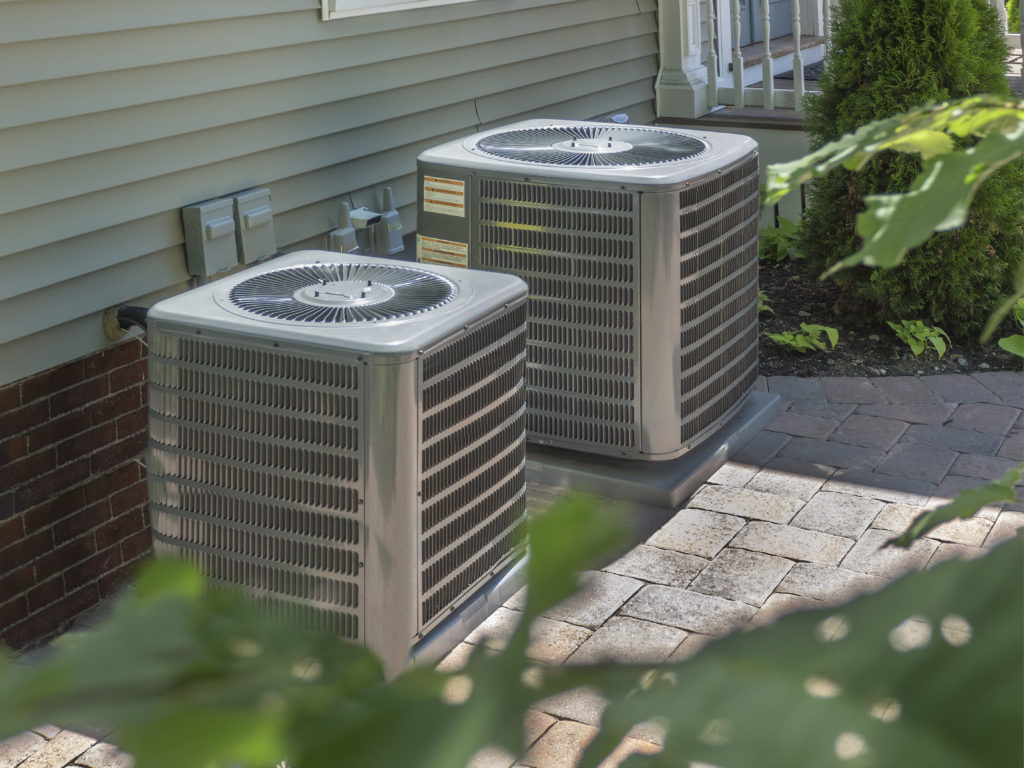Chill or Thrill: Mastering the Art of Home Climate Control
Chill or Thrill: Mastering the Art of Home Climate Control
Blog Article

When it comes to creating the perfect indoor environment, mastering the balance between heating and air conditioning is crucial. The ability to control the climate in your home not only enhances comfort but can also contribute to energy efficiency and lower utility bills. As seasons change, the need for a reliable system becomes evident, and with the right knowledge, homeowners can ensure they are prepared for whatever Mother Nature throws their way.
Choosing the right heating and air conditioning equipment is essential, and that is where experts like Apex Heat and AC come into play. Whether you're looking to install new units or need service on existing equipment, understanding your options can help achieve an ideal atmosphere year-round. In this article, we will explore various strategies and tips for effective climate control, ensuring that you can either chill out during the hot summer months or feel cozy and warm during the winter chill.
Understanding Home Climate Control
Home climate control is essential for maintaining a comfortable living environment throughout the year. It encompasses the systems and technologies used to regulate the temperature and air quality in our homes. Understanding these systems can empower homeowners to make informed decisions about their heating and air conditioning needs, ensuring optimal comfort and energy efficiency.
Heating systems operate by generating warmth during cold months. Various options are available, including furnaces, boilers, and heat pumps. Each system has its unique benefits and considerations, making it important for homeowners to assess their specific needs. Choosing the right heating solution can lead to significant savings on energy bills and ensure a consistent and comfortable indoor climate.
Air conditioning, on the other hand, becomes crucial during the hot summer months. Air conditioning units work by removing heat and humidity from indoor air, creating a cooled environment. Understanding the different types of air conditioning systems, such as central air or ductless mini-splits, can help homeowners select the best fit for their space and lifestyle. Proper installation and maintenance of these systems are key to maximizing efficiency and extending their lifespan.
Choosing the Right Equipment
Selecting the right heating and air conditioning equipment is crucial for achieving optimal comfort in your home. Consider the size of your space first. An undersized unit may struggle to maintain the desired temperature, while an oversized one can lead to increased energy costs and inefficient performance. It's wise to calculate the heating and cooling loads for your home to ensure you choose a system that meets your specific needs.
Efficiency ratings are another essential factor in your decision-making process. Look for models with higher Seasonal Energy Efficiency Ratios (SEER) for air conditioners and Annual Fuel Utilization Efficiency (AFUE) for furnaces. These ratings reflect how effectively a unit converts energy into heating or cooling. Investing in energy-efficient equipment not only reduces your carbon footprint but can also lower your utility bills in the long run.
Compare Options
Lastly, consider the type of equipment that best fits your lifestyle and preferences. There are various options available, from traditional central heating and cooling systems to ductless mini-split systems and heat pumps. Each has its advantages and disadvantages, so evaluate factors like installation costs, maintenance needs, and available space. Consulting with professionals like apexheatandac can provide valuable guidance in selecting the most suitable equipment for your home.
Installation Process Explained
The installation process for heating and air conditioning systems begins with a thorough assessment of your home. This step is crucial as it determines the right system size and type for your specific needs. A professional technician from apexheatandac will evaluate factors such as the square footage, insulation quality, and existing ductwork. This assessment ensures that the system you install will provide optimal efficiency and comfort.
Once the appropriate system is selected, the actual installation can begin. The team will prepare the site, removing any old equipment and making necessary modifications to the ductwork and electrical settings. They will then carefully install the new heating or cooling unit, connecting it to the existing infrastructure. Attention to detail during this phase is essential to ensure seamless operation and compliance with safety regulations.
After the installation is complete, a series of tests will be conducted to confirm that the system is functioning correctly. The technician will check for leaks, calibrate thermostat settings, and ensure the system is operating at peak efficiency. Finally, customers will receive instructions on how to operate their new equipment, along with information on maintenance and warranty coverage. This comprehensive approach guarantees a smooth transition to your new heating and air conditioning system.
Maintenance Tips for Longevity
Regular maintenance is essential for keeping your heating and air conditioning systems running efficiently. Start by changing the air filters every one to three months, depending on your system and usage. Clean filters improve airflow, reduce energy consumption, and enhance indoor air quality. Dirty filters can cause your system to work harder, leading to increased wear and potential breakdowns.
Next, ensure that the outdoor unit is clear of debris. Trim back any shrubs or plants that may obstruct airflow around the unit. Regularly check for leaves, dirt, or other obstructions that could impede performance. Additionally, consider scheduling professional maintenance at least once a year. A qualified technician can perform a thorough inspection, cleaning, and tune-up, which are crucial for extending the system's lifespan and preventing costly repairs.
Finally, familiarize yourself with your system's thermostat settings and features. Programmable thermostats can save energy when you're not home, but using them incorrectly can lead to unnecessary wear. Ensure that your system's settings are optimal for your needs, and avoid rapid temperature changes, as they can stress both heating and cooling equipment. By following these tips, you can enjoy a comfortable home climate while maximizing the longevity of your heating and air conditioning systems.
Report this page